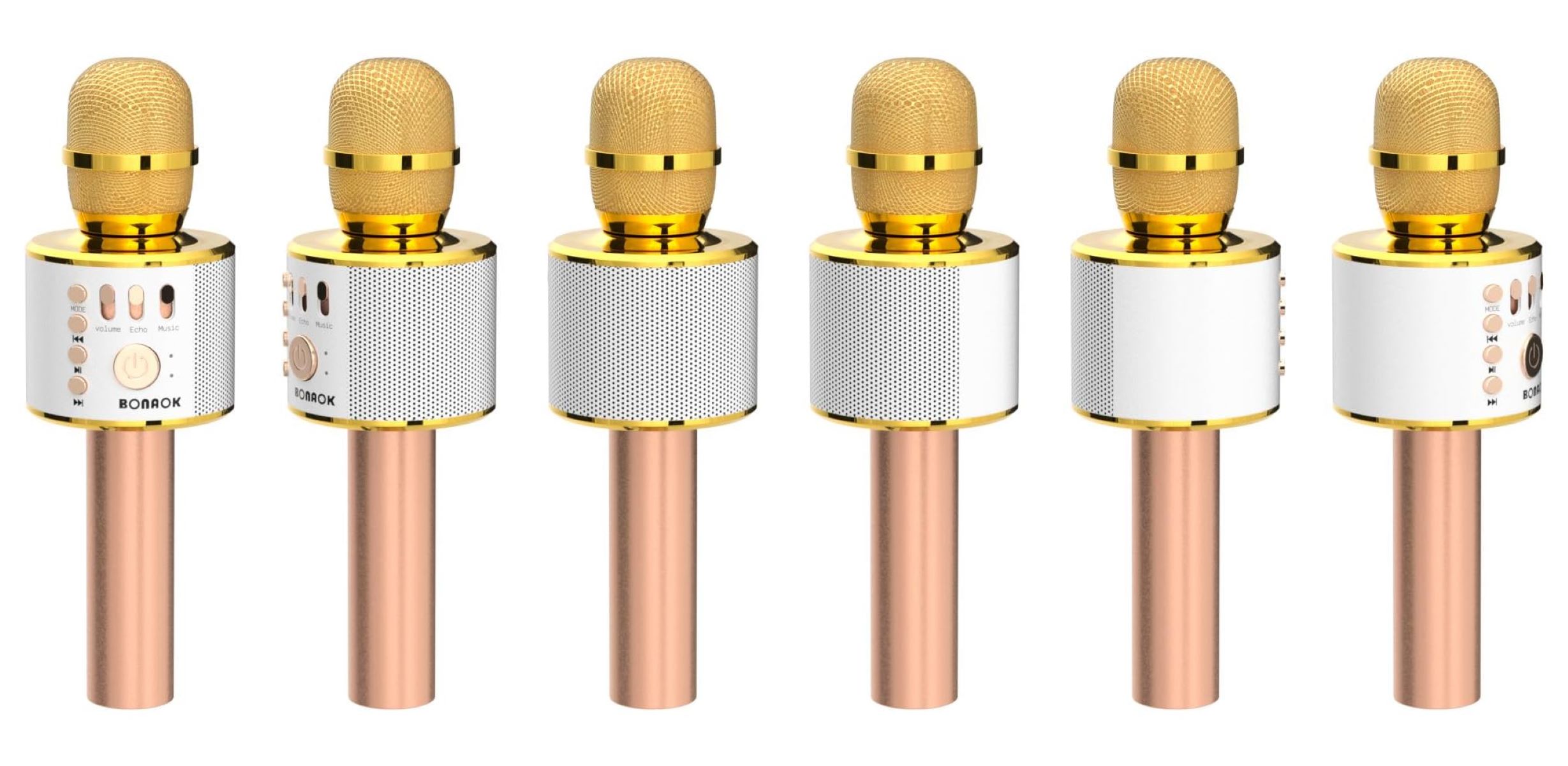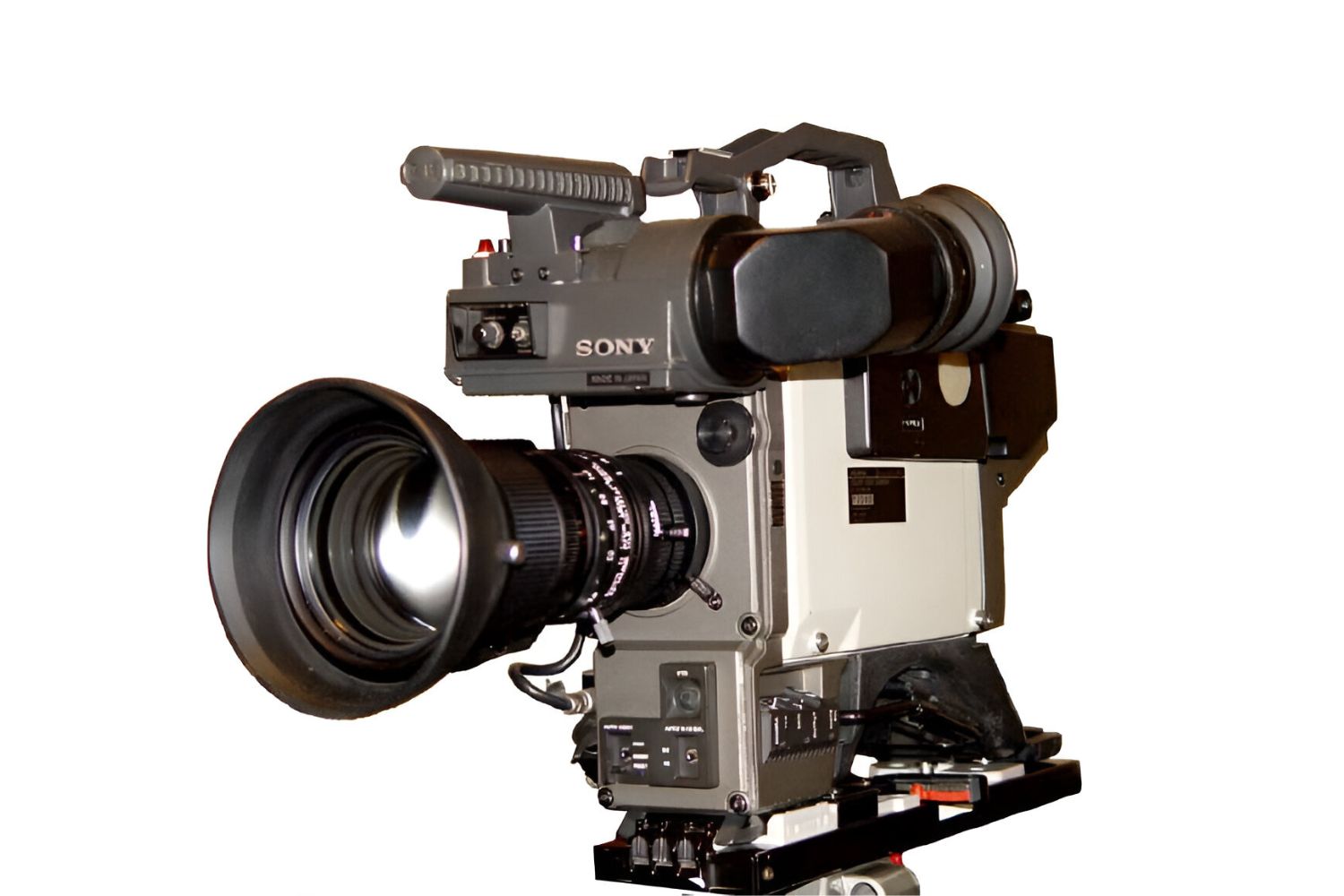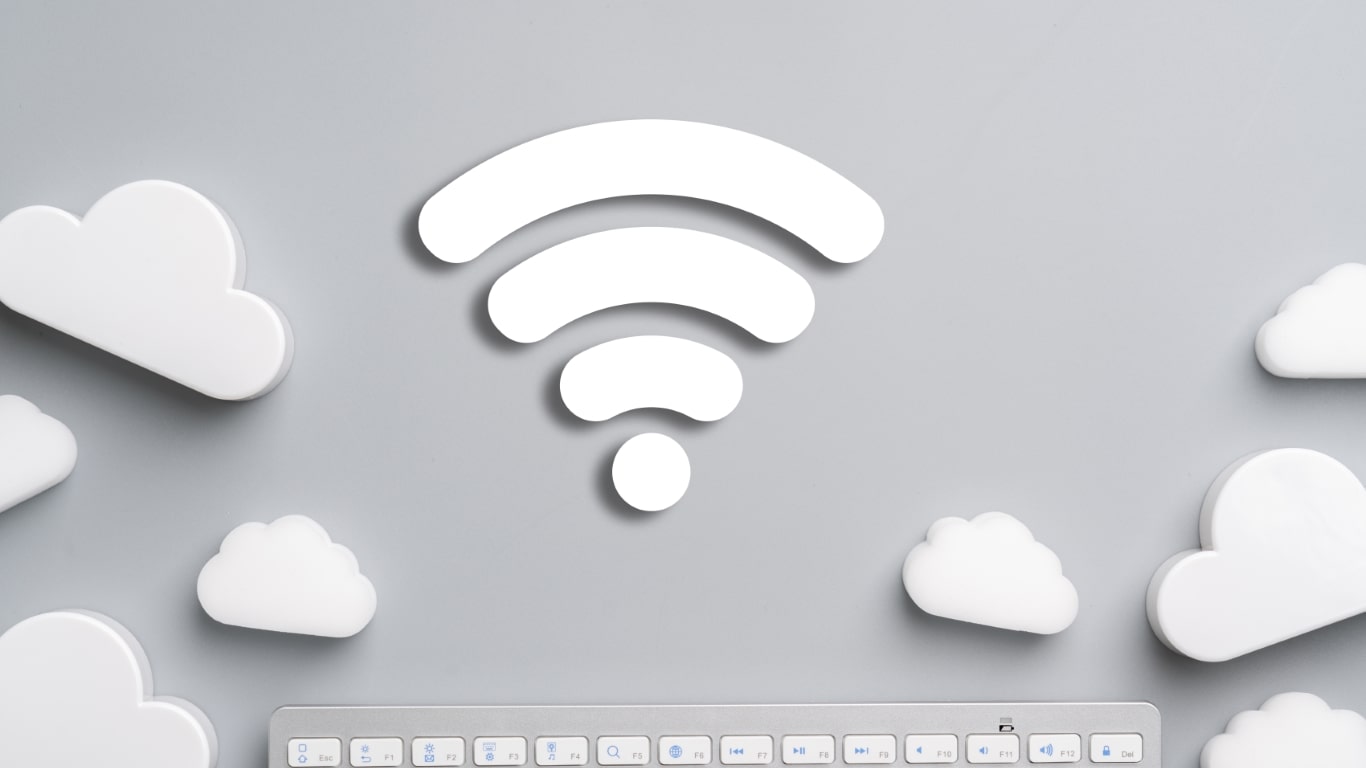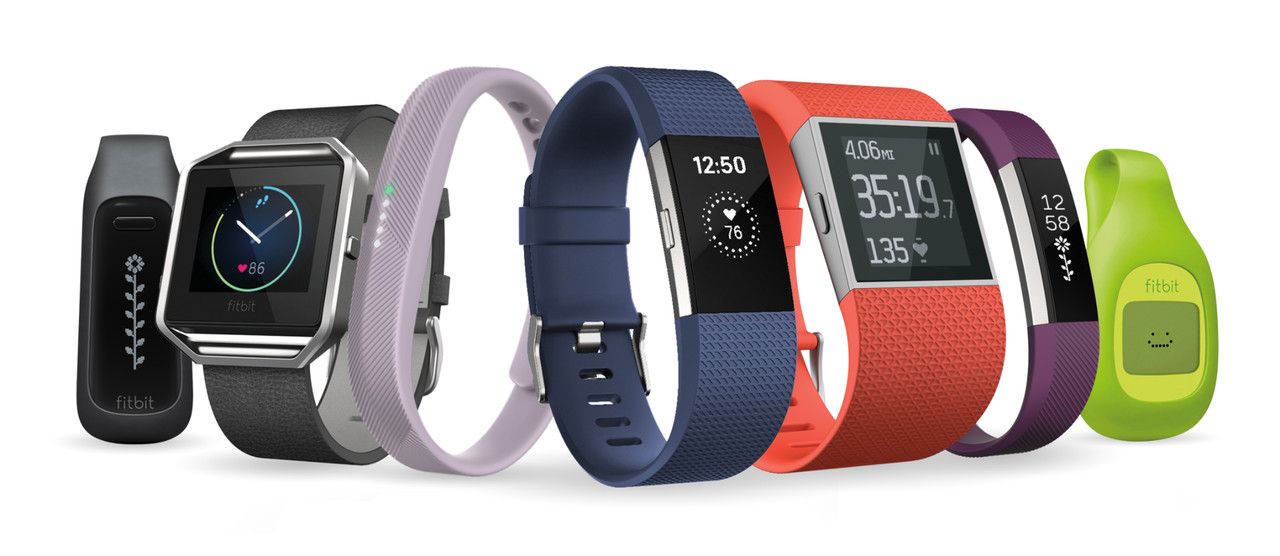Introduction
In today’s interconnected world, wireless technology has become an integral part of our everyday lives. From smartphones and laptops to smart home devices and wearable gadgets, wireless connectivity allows us to stay connected and access information with ease. Among the various wireless technologies available, Bluetooth stands out as a widely adopted and versatile option.
Bluetooth technology has revolutionized the way we connect and communicate with devices. It has enabled seamless wireless connections between a wide range of devices, including smartphones, tablets, headphones, speakers, and even cars. Whether you’re transferring files between devices, streaming music to wireless speakers, or connecting your fitness tracker to your smartphone, Bluetooth provides a convenient and reliable means of communication.
But have you ever wondered about the origins of Bluetooth? Who invented it and how did it come to be such an ubiquitous technology? In this article, we will delve into the fascinating history of Bluetooth, from its inception to its evolution into the versatile technology we know today.
We will explore the key milestones in Bluetooth’s development, the organizations behind its standardization, and the various applications and use cases that have made it an indispensable part of our lives. Additionally, we’ll discuss the benefits and limitations of Bluetooth as a wireless technology, shedding light on both its strengths and areas for improvement.
So, whether you are a tech enthusiast curious about the origins of Bluetooth or a casual user looking to better understand this popular wireless technology, join us as we embark on a journey into the fascinating world of Bluetooth.
Background on Wireless Technology
Before we delve into the specifics of Bluetooth, let’s take a step back and understand the broader context of wireless technology. The concept of wireless communication dates back to the early 20th century when engineers and inventors began experimenting with ways to transmit signals without the need for physical cables.
The development of wireless technology can be credited to several notable pioneers, including Nikola Tesla, Guglielmo Marconi, and Hedy Lamarr. Their groundbreaking inventions and discoveries laid the foundation for modern wireless communication systems.
One of the earliest wireless communication technologies was radio frequency (RF) technology, which enabled the transmission of audio signals over long distances. This technology was widely adopted for broadcasting and became a crucial means of communication during important events such as World War II.
In the late 20th century, advancements in technology paved the way for the emergence of other wireless communication technologies. This included infrared (IR) technology, which utilized light waves to transmit data between devices, as well as cellular networks that enabled wireless voice and data transmission on a larger scale.
However, these early wireless technologies had limitations. IR technology required a direct line of sight between devices, making it impractical for many applications. Cellular networks were mainly focused on voice communication and had limited bandwidth for data transmission.
Recognizing the need for a wireless technology that could address these limitations, the stage was set for the birth of Bluetooth.
Invention of Bluetooth
The story of Bluetooth begins in the mid-1990s when the Swedish telecommunications company Ericsson embarked on a mission to develop a wireless technology that would allow for seamless communication between devices. Ericsson recognized the need for a short-range wireless protocol that would enable devices to connect and communicate without the hassle of physical cables.
The project, initially codenamed “Bluetooth” after the 10th-century Danish king Harald Bluetooth, aimed to unify different communication technologies, such as computers, phones, and other devices, under one universal standard. The name Bluetooth was chosen as a homage to King Harald, who was known for his ability to unite disparate tribes and promote communication.
In 1994, a group of engineers from Ericsson, led by Dr. Jaap Haartsen, successfully designed the first version of the Bluetooth protocol. Their groundbreaking work resulted in a wireless communication technology that utilized low-power radio waves to establish secure connections between devices within a distance of about 10 meters.
The Bluetooth technology was designed to be energy-efficient, making it ideal for battery-powered devices, such as mobile phones and portable electronics. It provided a simple and efficient way for devices to discover and connect with each other, enabling seamless data sharing and synchronization.
The original Bluetooth specification was officially released in 1999 by the Bluetooth Special Interest Group (SIG), an industry consortium formed to oversee the development and standardization of Bluetooth technology. This marked a significant milestone in the evolution and adoption of Bluetooth as a wireless communication standard.
Since its inception, Bluetooth has evolved significantly, going through several version updates and enhancements over the years. Each new version has introduced improvements in terms of data transfer speeds, range, and energy efficiency, enabling new applications and use cases for Bluetooth technology.
In the next section, we will delve deeper into the Bluetooth Special Interest Group (SIG) and their role in driving the adoption and standardization of Bluetooth technology.
The Bluetooth Special Interest Group (SIG)
The Bluetooth Special Interest Group (SIG) is a consortium of leading technology companies that work together to develop and promote the adoption of Bluetooth technology worldwide. The SIG was formed in 1998 with the goal of creating a unified standard for Bluetooth technology and ensuring interoperability among devices from various manufacturers.
The SIG is responsible for overseeing the development of Bluetooth specifications, which define the technical framework and features of the Bluetooth technology. These specifications are crucial in ensuring that different Bluetooth-enabled devices can seamlessly connect and communicate with each other.
One of the primary objectives of the SIG is to drive the evolution and advancement of Bluetooth technology. The SIG works closely with its member companies to identify emerging trends and technological advancements, and incorporate them into the Bluetooth specifications through regular updates and new releases.
The SIG also plays a vital role in certifying Bluetooth products. By establishing a rigorous certification process, the SIG ensures that Bluetooth devices meet the required standards for interoperability and functionality. When a device receives Bluetooth certification, it ensures that the device will work seamlessly with other certified Bluetooth devices, providing a reliable and consistent user experience.
Furthermore, the SIG actively promotes the benefits and applications of Bluetooth technology to consumers, businesses, and industries. By conducting marketing campaigns, participating in industry events, and providing educational resources, the SIG aims to raise awareness and encourage the adoption of Bluetooth technology in a wide range of sectors, such as automotive, healthcare, entertainment, and smart home devices.
The Bluetooth SIG continues to drive innovation in Bluetooth technology, focusing on enhancing features like data transfer rates, power efficiency, and range. As technology advances and new use cases emerge, the SIG remains at the forefront of Bluetooth development, ensuring that Bluetooth technology remains relevant and capable of meeting evolving user demands.
With the active involvement of its member companies, the Bluetooth SIG has successfully established Bluetooth as a widely adopted and trusted wireless communication standard, paving the way for a vast ecosystem of Bluetooth-enabled devices and applications.
In the next section, we will explore the evolution and advancements of Bluetooth technology, highlighting its growth and adaptability over the years.
Bluetooth’s Evolution and Advancements
Since its initial release, Bluetooth technology has undergone significant evolution and advancements, continuously improving its capabilities and expanding its range of applications. Let’s explore the key milestones in Bluetooth’s journey of development.
Version 1.1, released in 2001, introduced various enhancements, including improved audio quality and better resistance to interference. This improvement made Bluetooth technology more suitable for applications like wireless headsets and hands-free communication in vehicles.
In 2004, Bluetooth 2.0 + EDR (Enhanced Data Rate) was introduced, significantly increasing the data transfer speeds. This upgrade made Bluetooth ideal for streaming audio and transferring larger files, such as music and videos, between devices.
Bluetooth 3.0, released in 2009, brought the concept of Bluetooth High-Speed (HS). This feature utilized Wi-Fi technology to achieve even faster data transfer rates for tasks like syncing large files and streaming high-quality multimedia content.
Bluetooth 4.0, released in 2010, introduced Low Energy functionality, also known as Bluetooth Low Energy (BLE) or Bluetooth Smart. This version of Bluetooth was optimized for power efficiency, enabling devices to operate for extended periods on small batteries. BLE opened up new possibilities for applications like fitness trackers, smartwatches, and other IoT (Internet of Things) devices.
An important update came with Bluetooth 4.1 in 2013, which introduced improved coexistence with other wireless technologies, increased security features, and better control over data transmission. These updates enhanced the reliability and overall performance of Bluetooth-enabled devices.
Bluetooth 4.2, released in 2014, introduced several significant advancements. It improved data transfer rates and included features like IPv6 connectivity, which enabled devices to connect seamlessly to the internet. With Bluetooth 4.2, IoT devices and smart home applications became more prevalent, as Bluetooth technology offered a reliable and secure means of communication.
Finally, Bluetooth 5.0, released in 2016, brought transformative changes to the Bluetooth landscape. It introduced higher data transfer rates, longer range, and increased broadcast messaging capabilities. With Bluetooth 5.0, applications like wireless audio streaming, location-based services, and smart home automation became more streamlined and efficient.
The latest enhancement, Bluetooth 5.1, released in 2019, introduced direction finding capabilities, enabling devices to determine the precise location of Bluetooth devices in three-dimensional space. This advancement opened up new possibilities for applications in asset tracking, indoor navigation, and other location-based services.
As we can see, Bluetooth technology has continuously evolved to meet the changing needs of users and the demands of emerging applications. With each new version, Bluetooth has expanded its capabilities, offering faster speeds, better power efficiency, longer range, and enhanced security features. These advancements have made Bluetooth technology indispensable in various industries and have spurred the development of innovative products and solutions.
In the next section, let’s explore some of the popular applications and use cases of Bluetooth technology across different industries.
Bluetooth Applications and Use Cases
Bluetooth technology has found widespread applications across a diverse range of industries, empowering users with seamless connectivity and enabling innovative solutions. Let’s explore some of the popular applications and use cases of Bluetooth technology.
One of the most well-known use cases of Bluetooth is in wireless audio devices. Bluetooth-enabled headphones, earphones, and speakers have become immensely popular, allowing users to enjoy high-quality audio without the constraints of cables. Whether it’s listening to music on the go or taking calls hands-free, Bluetooth audio devices offer convenience and flexibility.
Another common application of Bluetooth is in the automotive industry. Bluetooth-enabled car stereos and hands-free systems allow for safe and convenient communication while driving. Users can connect their smartphones to their car’s audio system and make hands-free calls, access their music libraries, or get turn-by-turn directions without taking their hands off the steering wheel.
Bluetooth is also widely used in the world of wearables and fitness tracking devices. Smartwatches and fitness bands utilize Bluetooth to connect to smartphones, allowing users to receive notifications, track their activity, and monitor their health. The low-energy capabilities of Bluetooth make it ideal for wearables, as it helps conserve battery life.
In the realm of home automation, Bluetooth technology plays a crucial role. Smart locks, thermostats, lighting systems, and other connected devices use Bluetooth to communicate with smartphones and other control devices. This enables users to remotely control and monitor their homes, creating a more convenient and energy-efficient living environment.
Bluetooth-enabled medical devices have also made significant advancements in recent years. From blood glucose monitors and heart rate monitors to smart pill dispensers and insulin pumps, Bluetooth connectivity allows for seamless communication between medical devices and user interfaces, providing timely and accurate health monitoring and management.
Bluetooth is also being utilized in the field of proximity marketing. Beacon technology, powered by Bluetooth Low Energy (BLE), enables businesses to send targeted offers, information, and notifications to customers’ smartphones. This helps businesses engage with customers and provide personalized experiences based on their location within the store.
Moreover, Bluetooth is widely used in industrial and manufacturing settings. From asset tracking and inventory management to wireless data transfer between machines, Bluetooth technology improves efficiency and productivity by eliminating the need for wired connections and enabling seamless communication between devices.
These are just a few examples of the numerous applications and use cases of Bluetooth technology. With its versatility, reliability, and interoperability, Bluetooth continues to play a crucial role in enabling seamless wireless communication and driving innovation across various industries.
In the next section, we’ll delve into the benefits and limitations of Bluetooth technology, providing a comprehensive understanding of its strengths and areas for improvement.
Benefits and Limitations of Bluetooth
Bluetooth technology offers numerous benefits that have contributed to its widespread adoption and popularity. Let’s explore some of the key advantages of Bluetooth, as well as its limitations.
One of the major benefits of Bluetooth is its ease of use and convenience. Bluetooth-enabled devices can be easily paired and connected with each other without the need for complex setup procedures or the use of physical cables. This plug-and-play functionality makes Bluetooth accessible to users of all technical backgrounds.
Bluetooth also provides a reliable and stable wireless connection. With a range of up to 10 meters (or more in certain cases), users can enjoy seamless connectivity between devices without worrying about signal interference or disruption.
The low energy consumption of Bluetooth technology makes it ideal for battery-powered devices. Bluetooth Low Energy (BLE) allows for prolonged device usage, extending battery life and reducing the need for frequent recharging or battery replacement.
Additionally, Bluetooth offers a high level of interoperability, allowing devices from different manufacturers to connect and communicate seamlessly. This universal standardization ensures compatibility among a wide range of devices, making it easy to pair and use Bluetooth-enabled devices together.
Bluetooth’s versatility is another significant advantage. It can be used for a variety of applications, from audio streaming and file transfer to IoT connectivity and location-based services. This versatility has contributed to its widespread adoption in various industries and consumer electronics.
However, Bluetooth does have some limitations that should be taken into consideration. Firstly, its range is limited compared to other wireless technologies like Wi-Fi. Bluetooth’s effective range is typically around 10 meters, which may be a constraint in certain scenarios, especially for applications requiring long-distance communication.
Bluetooth’s data transfer speeds, while suitable for most everyday applications, may not be as fast as other wireless technologies. Although advancements in Bluetooth versions have improved data transfer rates, highly data-intensive tasks may still benefit from faster wireless alternatives.
Another limitation is the potential for signal interference, as Bluetooth operates in the crowded 2.4 GHz frequency band, which is shared by many other devices like Wi-Fi routers and microwaves. While Bluetooth uses frequency hopping to minimize interference, it can still be affected in environments with dense wireless activity.
Lastly, Bluetooth security is essential to consider. While Bluetooth technology employs encryption protocols to ensure secure connections, vulnerabilities or implementation flaws can compromise the security of Bluetooth connections. It’s crucial to keep Bluetooth devices updated and adhere to security best practices to mitigate potential risks.
Despite these limitations, the benefits of Bluetooth technology outweigh its drawbacks, making it a widely adopted and trusted wireless communication standard. Its ease of use, reliability, energy efficiency, and versatility make Bluetooth an essential technology for connecting and communicating between devices across various industries and everyday consumer applications.
In the concluding section, we will summarize the key points discussed and reflect on the significance of Bluetooth in today’s digital landscape.
Conclusion
Bluetooth technology has come a long way since its inception, transforming the way we connect and communicate with devices. From its humble beginnings as a wireless protocol developed by Ericsson, Bluetooth has evolved into a versatile and ubiquitous technology that enables seamless connectivity between a wide range of devices.
We explored the origins of Bluetooth, its development by the Bluetooth Special Interest Group (SIG), and the significant advancements made over the years. Bluetooth’s ability to provide reliable and convenient wireless communication has led to its widespread adoption in various industries and consumer applications.
The benefits of Bluetooth, including its ease of use, stability, low energy consumption, interoperability, and versatility, have made it an indispensable part of our daily lives. Whether we’re enjoying wireless audio, connecting devices in our smart homes, or utilizing Bluetooth-enabled medical devices, Bluetooth enriches our experiences and enhances our productivity.
However, it’s crucial to recognize the limitations of Bluetooth, such as its limited range, data transfer speeds, potential signal interference, and security considerations. Despite these challenges, Bluetooth technology continues to evolve and adapt to meet the changing needs of users and emerging applications.
In conclusion, Bluetooth has revolutionized wireless communication, offering a standardized and reliable means of connecting devices in our increasingly interconnected world. Its impact spans across multiple industries, driving innovation and enabling seamless connectivity between devices.
As technology continues to advance, we can expect Bluetooth to continue evolving and addressing its limitations. With each new iteration, Bluetooth will bring enhanced features, improved performance, and expanded applications, further solidifying its position as a leading wireless technology.
So, whether you’re streaming music to wireless headphones, controlling your smart home devices, or using Bluetooth for industrial applications, you can rely on this remarkable technology to provide seamless, convenient, and efficient wireless communication.

























